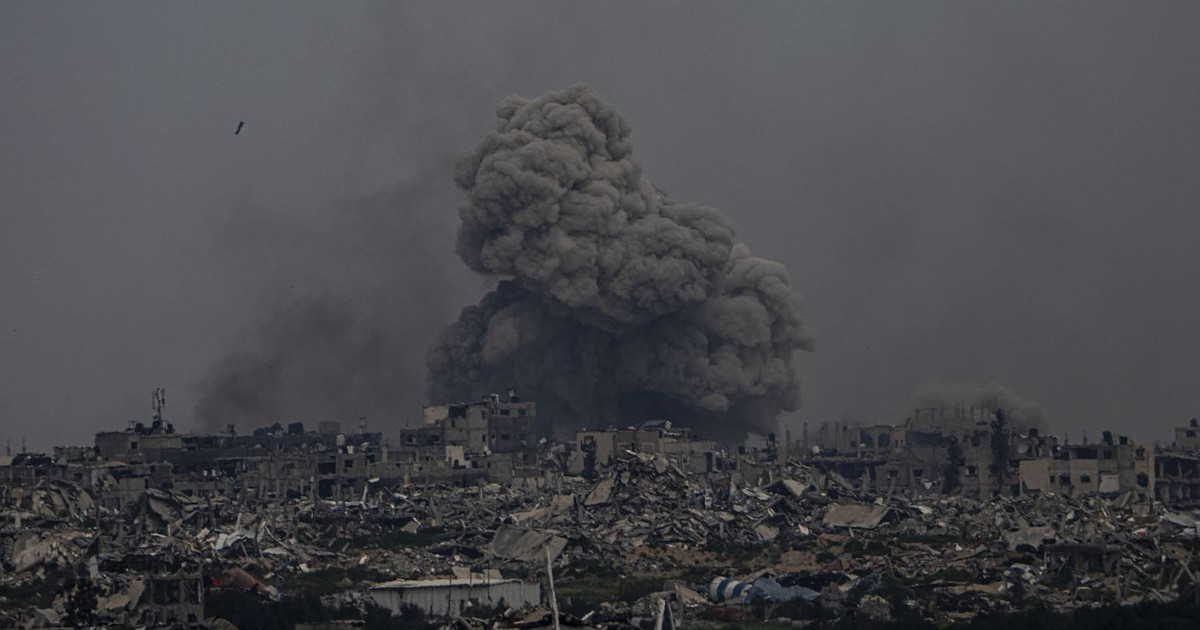A study published this Wednesday (14) warns that the Amazon could reach a point of no return by 2050, that is, the forest is at the beginning of partial or total collapse. Vegetation degradation could accelerate global warming, according to scientists. The article, led by Brazilian researchers, is on the cover of Nature magazine.
The researchers estimate that, by mid-century, between 10% and 47% of the forest will be exposed to threats considered serious that could lead to transitions in the ecosystem.
Rising temperatures, extreme droughts, deforestation and forest fires can have an impact on the climate: reducing rainfall in the region and increasing the risk of large-scale collapse.
“The point of no return is a point from which the system feeds back into an acceleration of forest loss, and we lose control”, explains one of the leaders of the international study, Bernardo Flores, from the Federal University of Santa Catarina (UFSC) . The work was carried out in partnership with researcher Marina Hirota.
Based on article reviews and statistical modeling, scientists point out the main stress factors in the Amazon and determine the critical limits for each of them that, if exceeded, could lead to the collapse of the biome. Are they:
- The increase in global average temperature above 1.5ºC
- Rainfall volume below 1,800 mm
- Duration of the dry season greater than five months
- Deforestation of more than 10% of the original forest cover, combined with the lack of restoration of at least 5% of the biome.
Scientists say that, in recent decades, the Amazon has begun to face “unprecedented pressure”, the result of climate change and land use. These actions weaken the feedback mechanisms that guarantee the so-called “resilience” of the forest.
Trees in the Amazon rainforest transport large volumes of water from the soil to the atmosphere every day, which increases atmospheric humidity and contributes to increased rainfall. This relationship strengthens resilience that is weakening and being replaced by mechanisms that increase the risk of a “critical transition” — irreversible forest loss.

The global alert for forest loss is linked to large amounts of carbon that would be emitted into the atmosphere — which could accelerate the warming of the planet. The research points out that the loss of forests in large regions of the Amazon ends up reducing the circulation of atmospheric moisture.
The consequences of the impact on the rainfall regime range from nearby regions on the continent to other parts of the world, such as Asia and Antarctica.
“It is necessary to stop deforestation and the emission of greenhouse gases”
To prevent forest degradation, the study highlights three main types of trajectories, which include regions of degraded forests, white sand savannas and degraded non-forest areas – which increase the risk of spreading fires.
“In some cases, the forest can recover, but remains trapped in a degraded state, dominated by opportunistic plants such as lianas or bamboo. In other cases, the forest no longer recovers and remains trapped in a state of open vegetation and with recurrent fires”, explains Flores.
Scientists believe in combining local efforts to end deforestation and expand forest restoration and global efforts to stop greenhouse gas emissions to mitigate the impacts of climate change.
The research was developed over three years with funding from the Serrapilheira Institute. Among the 24 authors of the article, 14 are from Brazil.
*Under the supervision of Bruno Laforé
Source: CNN Brasil
I’m James Harper, a highly experienced and accomplished news writer for World Stock Market. I have been writing in the Politics section of the website for over five years, providing readers with up-to-date and insightful information about current events in politics. My work is widely read and respected by many industry professionals as well as laymen.






